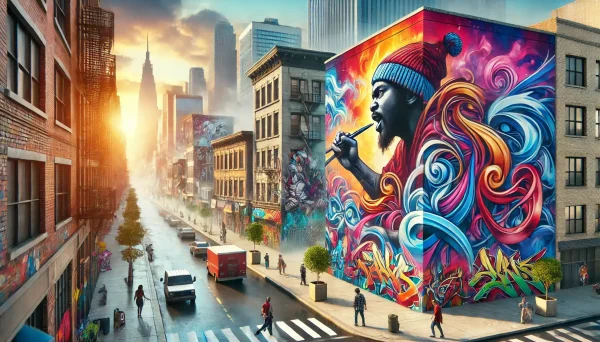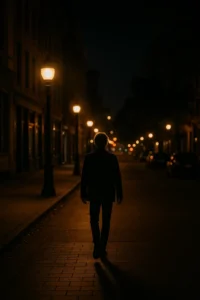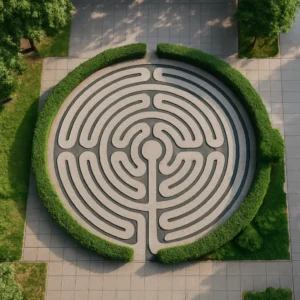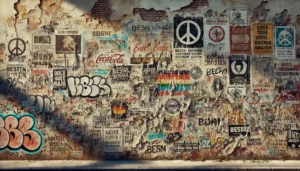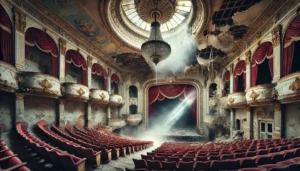Graffiti is more than just paint on a wall—it’s a powerful form of expression that reflects identity, resistance, and creativity. Born in the backstreets of major cities and once labeled as vandalism, graffiti has evolved into a global art movement that both challenges and beautifies urban landscapes. It plays a vital role in transforming cities, telling untold stories, and shaping the cultural character of entire neighborhoods.
A Voice from the Streets
Graffiti often emerges in places where voices are not heard. In marginalized communities, it becomes a way to express frustration, cultural pride, or political resistance. These raw, unsanctioned works carry messages about social inequality, racial injustice, and local struggles. They make bold statements, forcing passersby to confront truths that might otherwise be ignored.
From Illicit to Iconic
While graffiti began as an underground movement, many cities have since embraced it as a legitimate art form. Murals created by internationally known street artists like Banksy, JR, and Eduardo Kobra are now considered cultural landmarks. Some cities, like Berlin, São Paulo, and Melbourne, have entire districts known for their street art, attracting tourists and revitalizing forgotten neighborhoods.
Graffiti as Urban Storytelling
Every mural tells a story—sometimes personal, sometimes political, often deeply local. These stories are told through vivid colors, symbolic characters, and powerful words. In many communities, walls become visual newspapers, reflecting real-time issues, honoring historical figures, or celebrating local heritage. Unlike art locked inside galleries, graffiti lives among the people, accessible to all.
Reviving Forgotten Spaces
Graffiti has the unique power to breathe life into abandoned buildings, underpasses, and industrial zones. A once-neglected alley can become an open-air gallery. What was once considered visual pollution can now be a source of pride and local identity. In some cases, cities even commission artists to transform dull public spaces into vibrant works of art.
Controversy and Boundaries
Despite its growing acceptance, graffiti still stirs debate. Not all street art is welcomed, especially when it appears on private property without consent. There’s a fine line between creative expression and illegal vandalism. Cities must balance supporting urban art with protecting public and private spaces. Some have created legal graffiti walls or designated street art districts to encourage creativity without conflict.
A Tool for Cultural Dialogue
Graffiti allows for cultural exchange and dialogue in multicultural cities. Artists from different backgrounds come together, blending styles and influences from hip-hop, indigenous art, calligraphy, and surrealism. In doing so, they create a visual language that connects diverse communities and sparks conversations that transcend borders.
Empowering the Next Generation
Graffiti culture empowers youth by providing an outlet for self-expression and creativity. Many community programs now use street art as a tool for education and engagement, teaching young people about design, identity, and the power of their voice. Walls become their canvases, and the city becomes their stage.
Conclusion: Painting the City’s Soul
Graffiti is more than decoration—it’s a mirror of the city’s soul. Through bold visuals and fearless messages, it transforms the urban environment into a living, breathing canvas. It captures the heartbeat of the streets, amplifies unheard voices, and turns gray concrete into powerful statements of identity, resistance, and hope. As cities evolve, so too will their walls—telling stories in color, one spray at a time.

